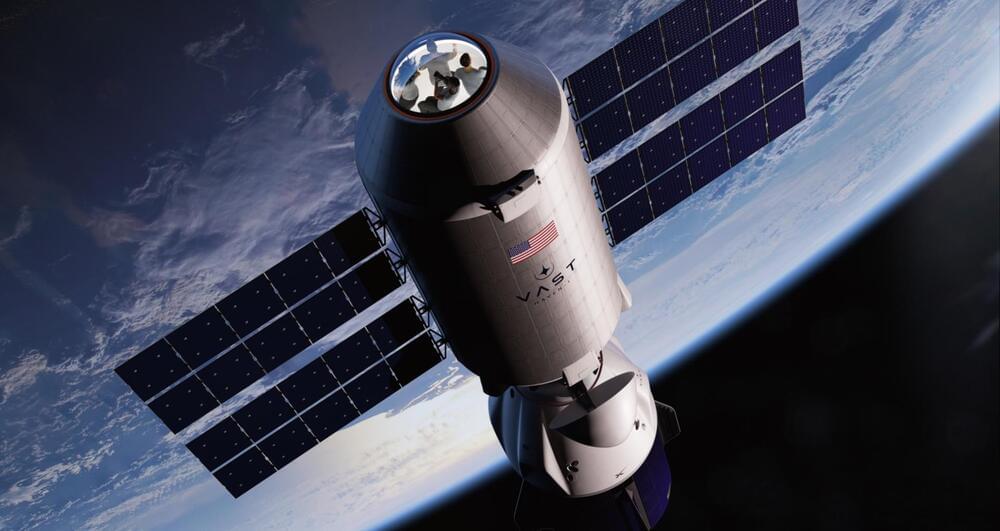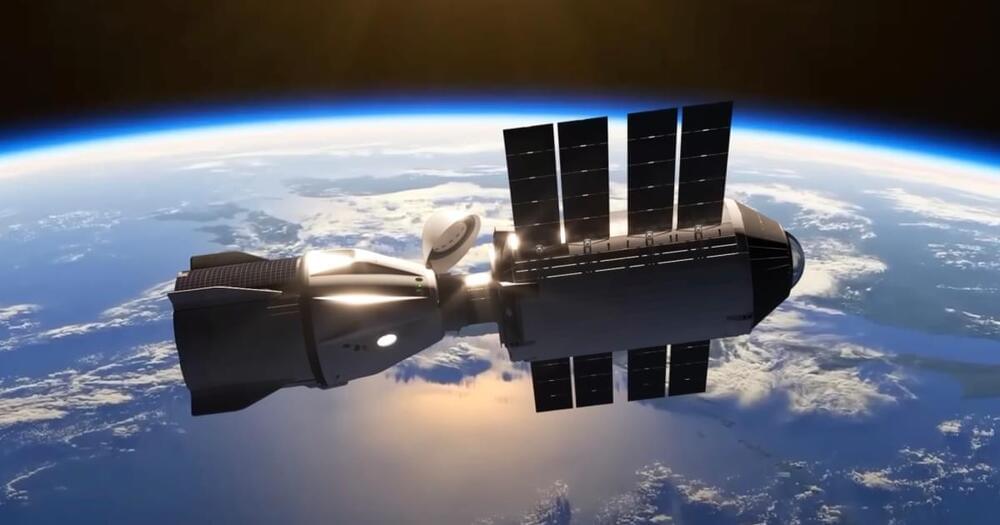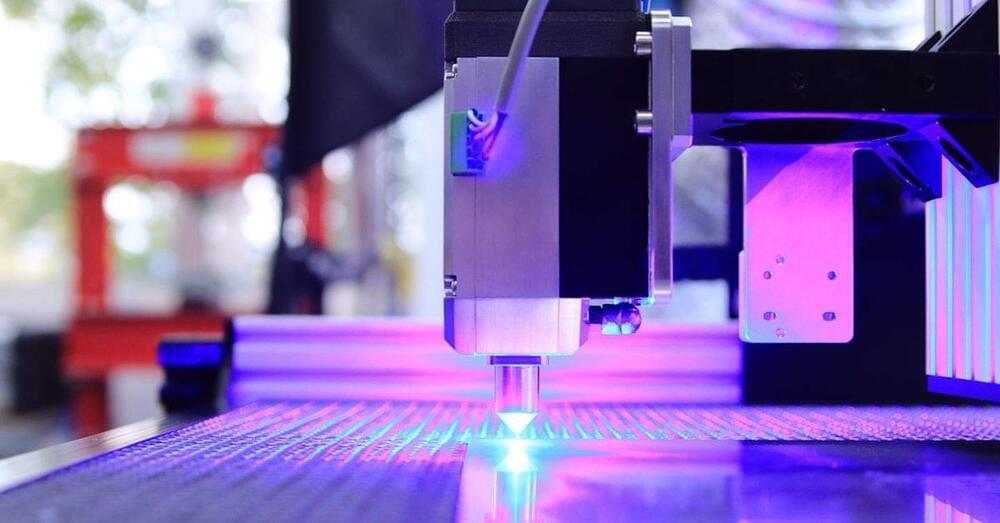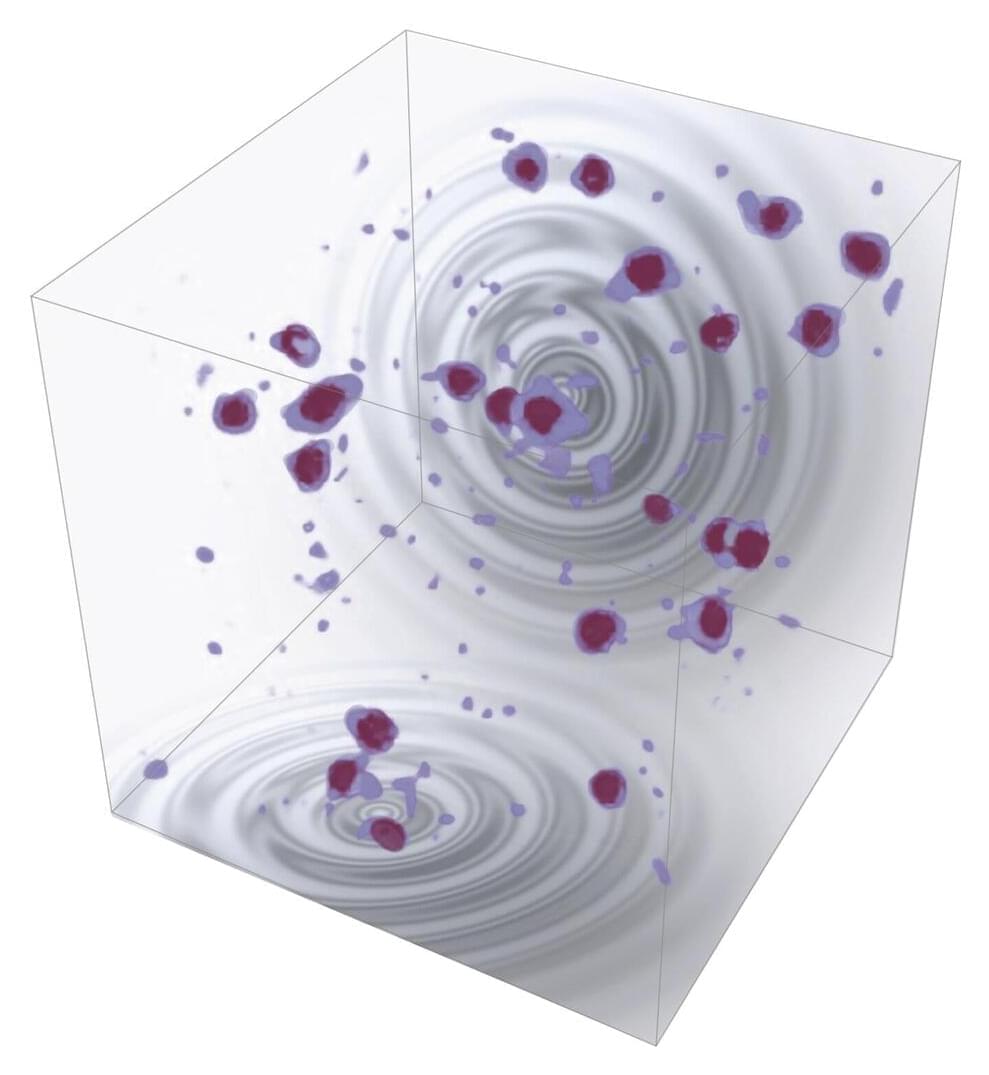The company offers features such as a large window dome with a view of space, internet access via onboard Wi-Fi, and a dedicated room for exercise and rest at Haven-1.
We have entered a brand new era of space exploration, from flying a chopper on Mars to re-directing an asteroid’s trajectory to retrieving soil samples from a distant space rock.
The future of space is dynamic, with technological prowess allowing science fiction-inspired ideas to become reality. And next-generation space outposts are one such area that has piqued the interest of space startups. Especially since the International Space Station (ISS) is scheduled to be decommissioned by the end of this decade.









